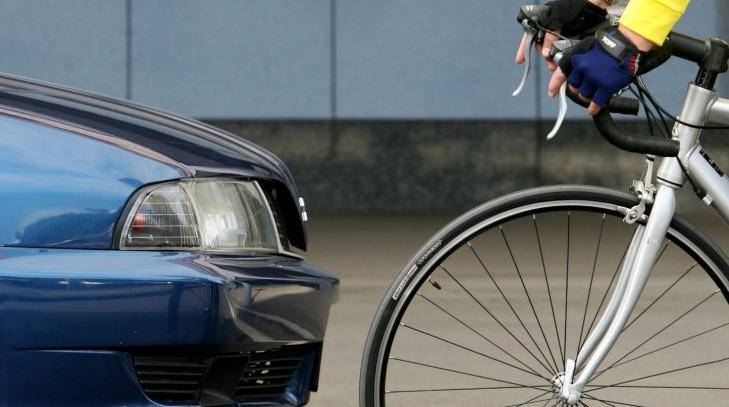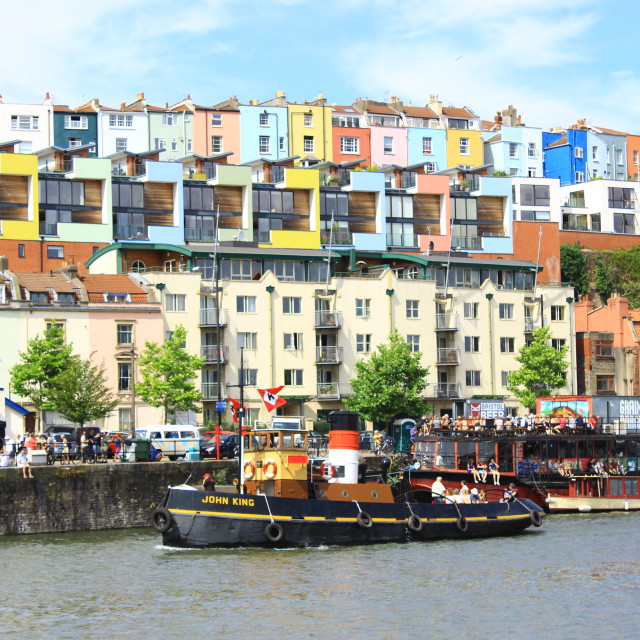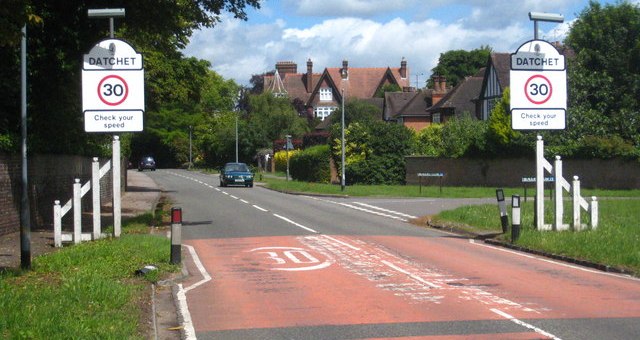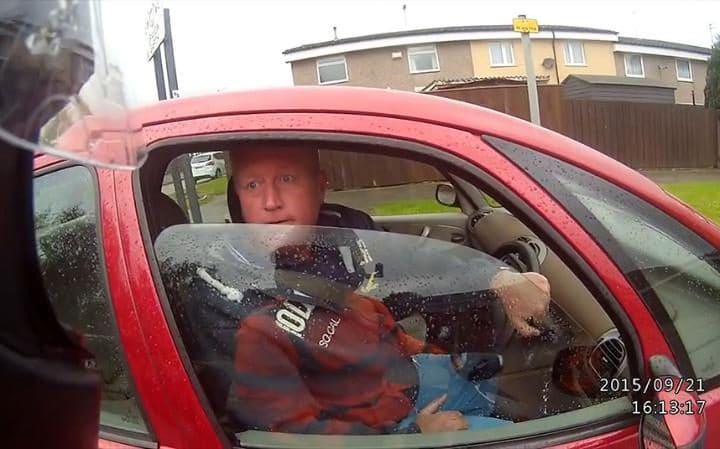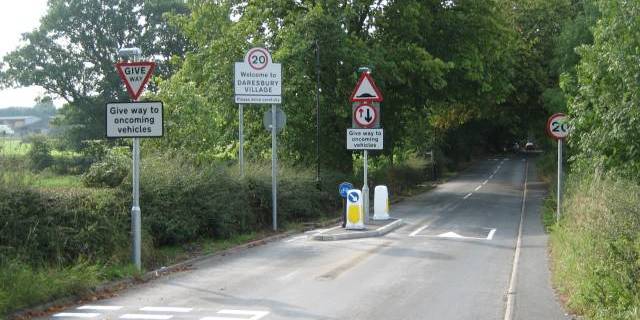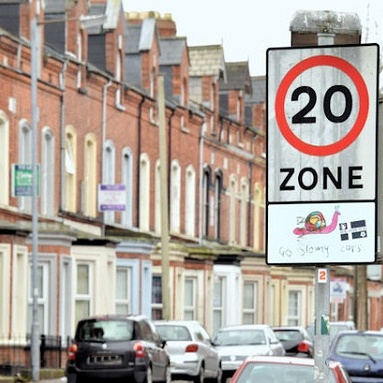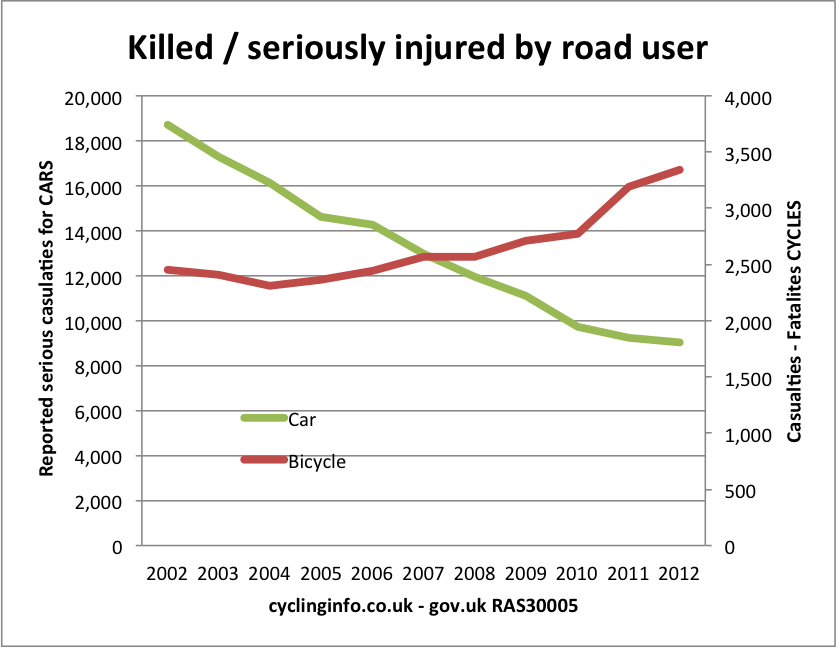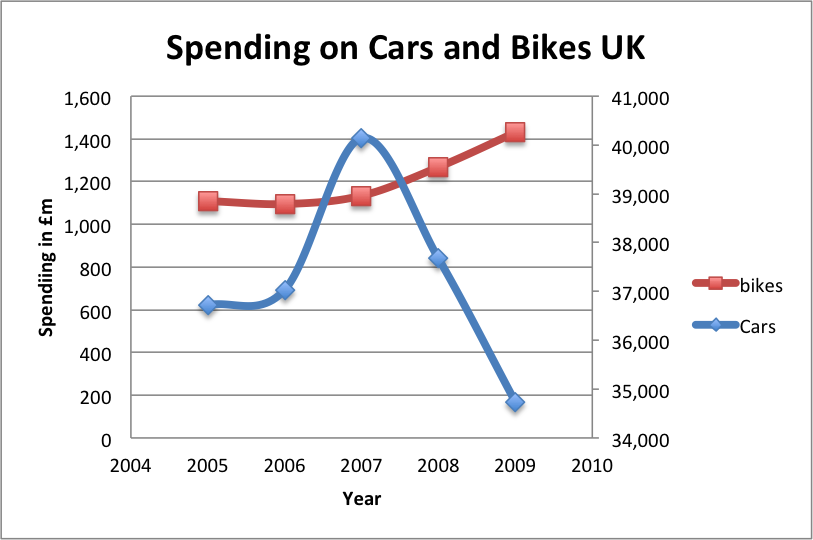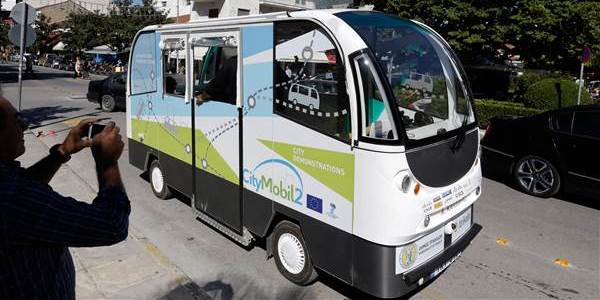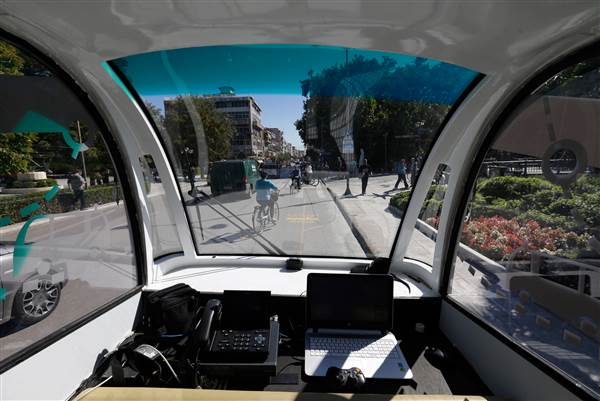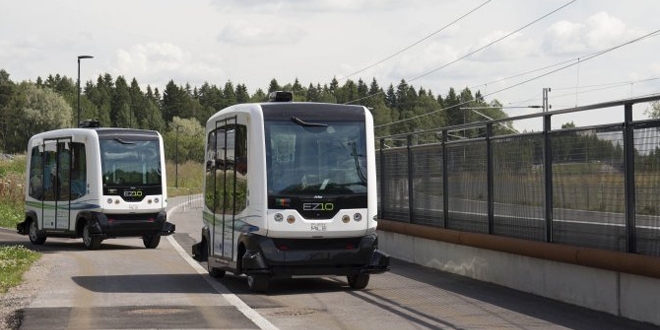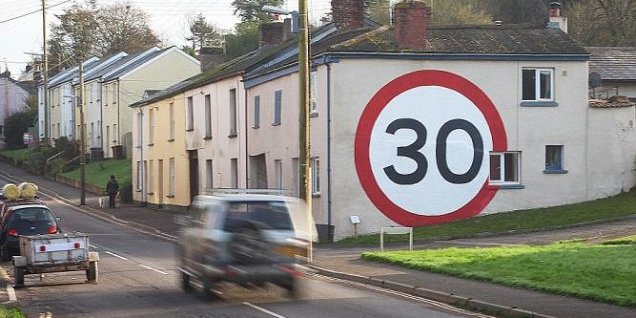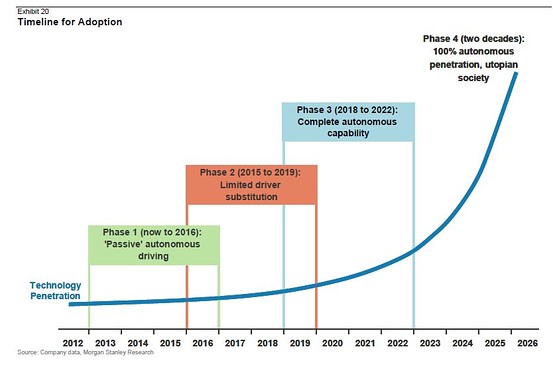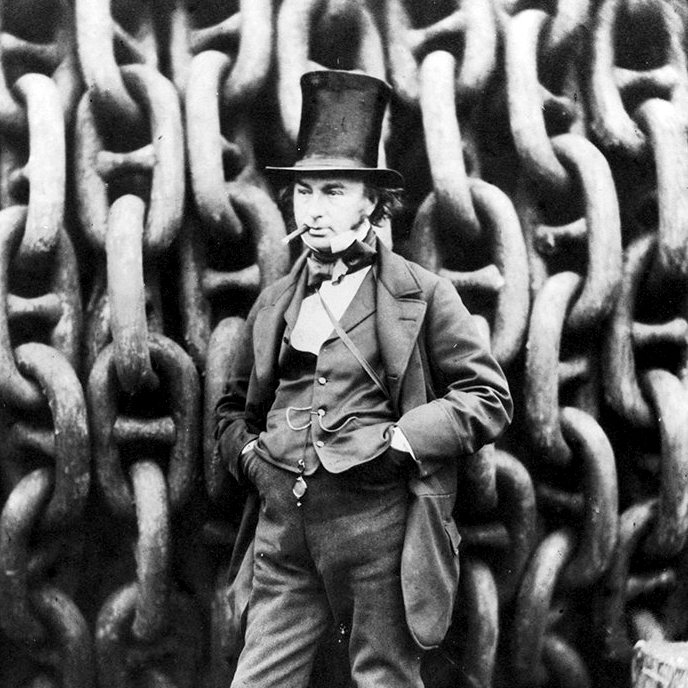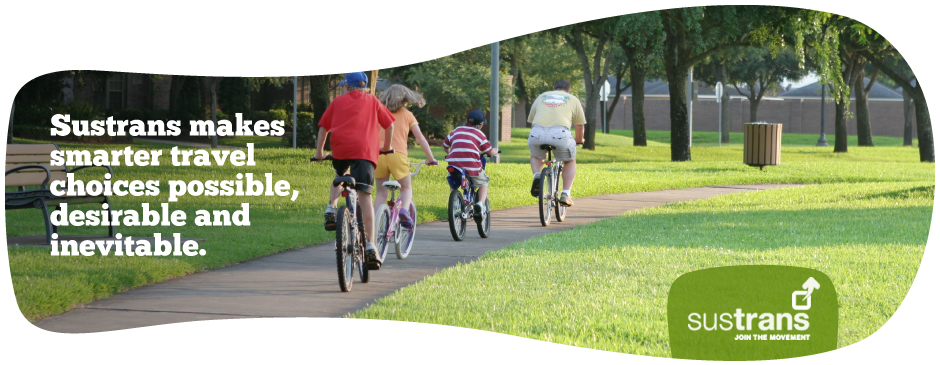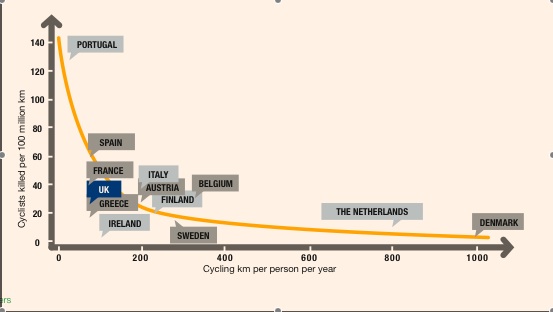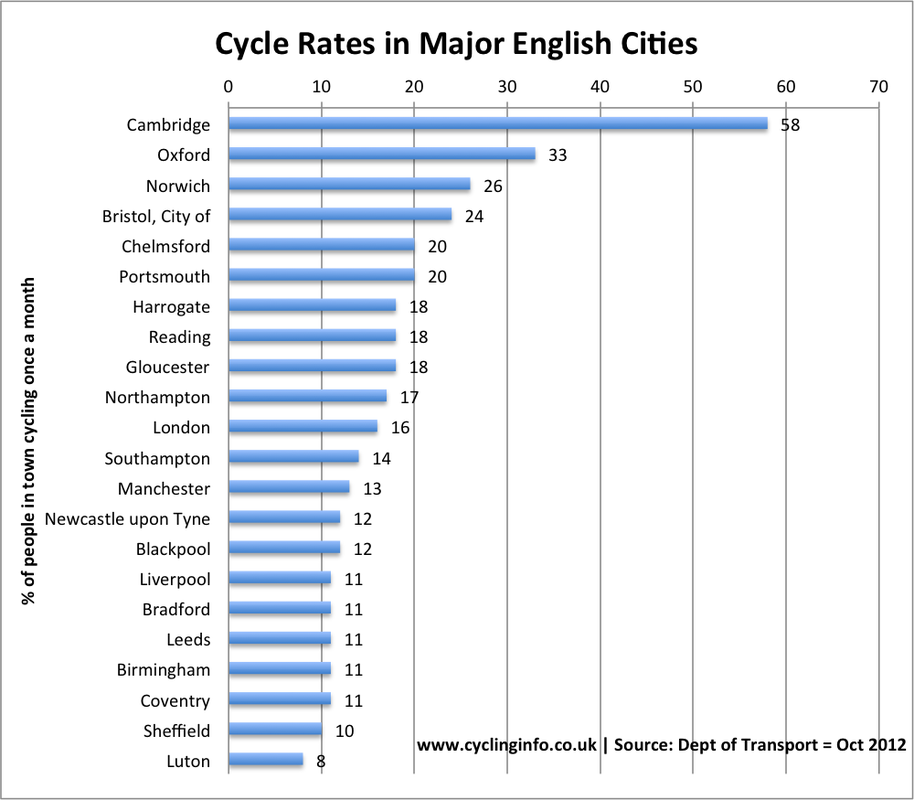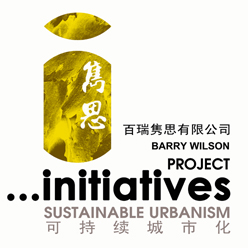|
Wars of the Road
27/10/2016
barrysays
On my recent UK trip it was necessary to visit a number of smaller cities around the country, including Bristol, Nottingham and Leicester. When travelling up to London I can rely on public transport to easily get me there, around and about, however connections between these regional cities are no longer convenient, and knowing the terrible likelihood of getting caught up in endless tailbacks on the motorways, I decided somewhat unusually to travel by car, but in leisurely fashion on minor roads whilst enjoying the English countryside on the way. I soon realised that there was in fact a war going on.
" We know more about good habitats for mountain gorillas, Siberian tigers, or panda bears than about a good urban habitat for Homo sapiens. Nobody has taken an interest . . . So, what happened was that the eye level stuff was handled by the traffic engineers. "
- Jan Gehl
" Buses without drivers could help companies provide “better and more frequent” services, particularly in rural areas. A major component of rural transport is the cost of the driver – and so a truly driverless bus could transform rural public transport in the future, "[3].
—Claire Perry, British Transport Minister.
Formed in 1977 by a group of cyclists and environmentalists, motivated by emerging doubts about the desirability of over-dependence on the private car, following the 1973 oil crisis, and the almost total lack of specific provision for cyclists in most British cities, in contrast to some other European countries.[5] Sustrans' flagship project is the National Cycle Network, which has created over 14,000 miles[6] of signed cycle routes throughout the UK, whilst the organisation is working to introduce Safe Routes to Stations and Home Zones among other projects. We're the charity that’s enabling people to travel by foot, bike or public transport for more of the journeys we make every day. [7]
2016/06/16
Change Is Coming...Too Fast Or Not Fast Enough? 2016/03/30 Hong Kong Committed to Lagging Behind 2016/01/20 Where Are All the Boomerangs? Related: Protecting Heritage Needs Education and Equity with Economics 2015/12/02 Urban Villages – Problems or Solutions Related: Urban Villages Salon Affordable Housing in Urban Centres Essential to Cities |
Reference:
[1]"Select Committee on Transport, Local Government and theRegions Ninth Report - Introduction" [2] London Road Safety Unit: Safety Research Report No. 2 - Review of20 mph Zones in London Boroughs [3] Driverless Vehicles Conference -Thatcham – October 2014 [4] Rolt, Lionel Thomas Caswall (1957). Isambard Kingdom Brunel (firsted.). London: Longmans, Green & Co. p. 245. [5] The Official Guide to theNational Cycle Network. Sustrans, 2002 (2nd ed.). Italy: Canile & Turin.ISBN 1-901389-35-9. [6] About the National Cycle Network. Sustrans. [7] http://www.sustrans.org.uk/ [8]http://cyclinginfo.co.uk/blog/2636/cycling/stats-uk/comment-page-2/#to-stats-uk-n-10 |
Services |


